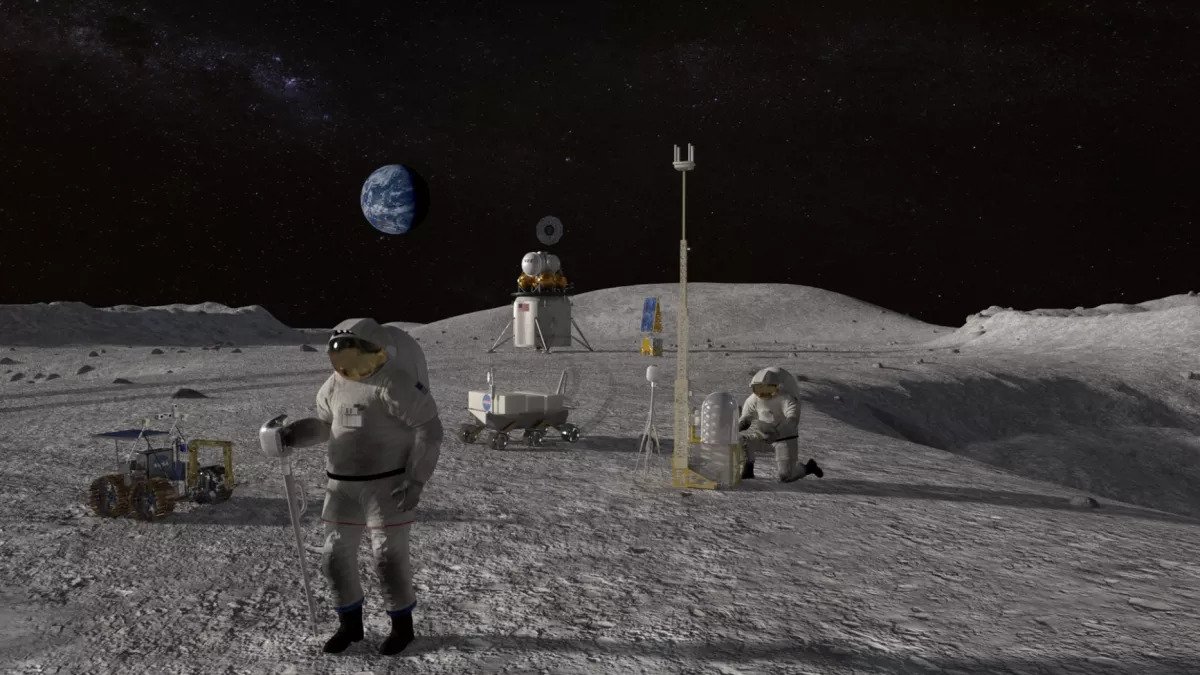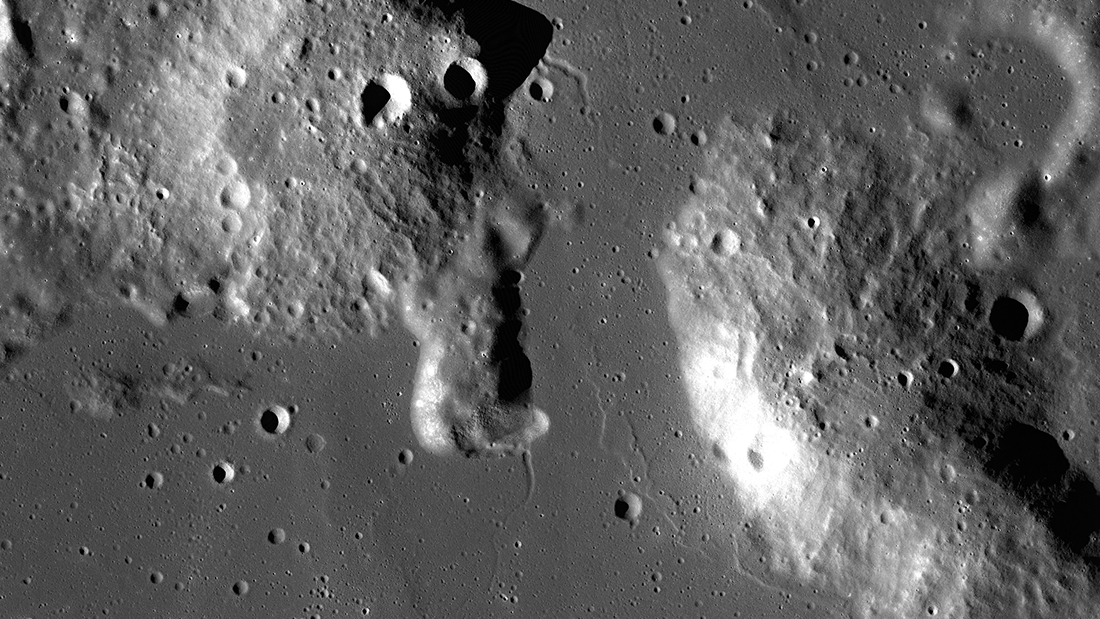The return of people to the Moon, which is to take place within the framework of the Artemis program, should intensify scientific research of the celestial body closest to us. Scientists are counting on the opportunity to solve the mystery of the Late Heavy Bombardment and find deposits of water ice.

Return of people to the Moon
The Artemis program, which is due to begin with the unmanned launch of the SLS rocket on August 29, pursues the final goal of returning people to the Moon after more than 50 years of absence. The orbits of the celestial body closest to us, people should be reached already in 2024. And in 2025-26, a landing will take place at the south pole at one of the sites identified recently.
Scientists believe that the return of people to the Moon greatly activates its research. The Artemis program provides for the launch of a large number of automated missions (CLPS), which should take place during 2022-2025.
But no robot can compare with a human in the sphere of field research. An astronaut in a spacesuit can very quickly notice new interesting details and immediately check what they are.
Lunar geology
The most important industry, that is planned to be revived due to the presence of people on the Moon, is the study of Lunar rocks. Scientists are especially interested in the area of Mare Imbrium. This large basin in the northern hemisphere of the Moon obviously has an impact origin.

It is believed that it and other similar relief details were formed between 4.2 and 3.9 billion years ago during the so-called Late Heavy Bombardment. Then the inner planets received numerous impacts from comets and asteroids. However, modern research calls this into question. Scientists want to test it on the spot.
One of the most interesting automatic probes that will arrive on the Moon as part of the CLPS will also study rocks. We are talking about the Lunar-VISE mission, which will land on the Gruithuisen volcanic domes between the Mare Imbrium and Oceanus Procellarum (“Ocean of Storms”) and explore how acidic rocks it is.
Ice on the Moon
Scientists also expect that the Artemis program will finally allow us to estimate how much water there is on the Moon. For this purpose, spectrographs will get to its surface by the end of 2023, which will determine its presence in the soil. Moreover, the low latitudes will be investigated first, and then the circumpolar ones.
Scientists have no doubt about the presence of ice at the poles of the Moon. But the results of studies conducted in the 21st century indicate that water in the form of molecules can also be present where the surface is strongly heated under the influence of sunlight. It is quite possible that water is really everywhere on the Moon.
According to www.space.com
Follow us on Twitter to get the most interesting space news in time
https://twitter.com/ust_magazine

